Vero Beach-Sebastian: Neighbors demand change; westbound cars backed up 3 miles to A1A
In January, Mark Shaw talked about being stopped in traffic at the crest of the westbound Wabasso Bridge.
It was clear major improvements had to be made where the backup began ― at the intersection of County Road 510 and U.S. 1, the deputy chief of the Indian River Shores Public Safety Department told the Indian River County Metropolitan Planning Organization Technical Advisory Committee Jan. 26.
How to fix things became clearer the other night as about 20 east Wabasso residents cited westbound traffic they’ve seen backed up to the 510 intersection at State Road A1A, almost three miles away.
What's more, neighbors said the congestion makes it almost impossible to turn left out of subdivisions east of U.S. 1.
Thousands of more homes on horizon
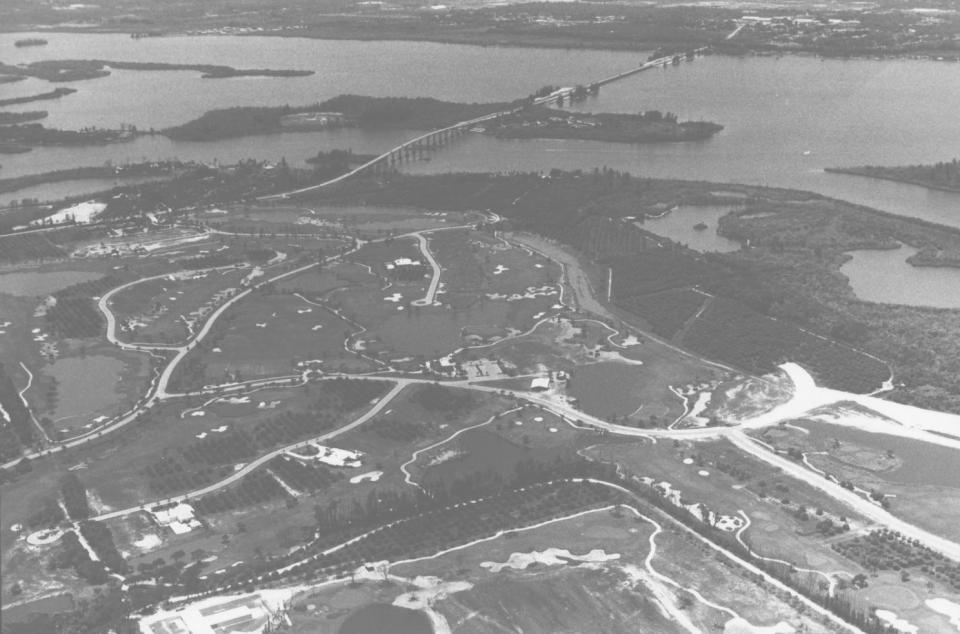
County Road 510 plans: Opposition to roundabout builds, but would it be so bad?
Flyover eventually scrapped: 'This will destroy Vero Beach': Bridge over Brightline, US 1 by airport opposed
Progress? Despite controversy, Sebastian, Vero Beach might look at U.S. 1, Brightline overpass again
More building? As growth wave, ag loss, possible Buc-ee's head north, will leaders have guts to say no?
And that’s before thousands of more homes are built along 510, bringing people whose cars will be on the road multiple times daily.
Thursday night, the Florida Department of Transportation showed three alternatives for CR-510 improvements from 58th Avenue to just east of U.S. 1 as part of a study that will lead, by fall, to a public hearing to confirm a design. It could take several years for improvements to start.
The U.S. 1 solution is the final and easternmost piece of a planned six-segment widening to four lanes of 510, the county’s top road priority, begun nine years ago. Construction is expected to begin, from 512 to 87th Street, in fiscal 2025.
It's a priority for good reason. Two of the county’s worst bottlenecks are rush hours over the Wabasso Bridge, one lane each way, and at 510 and 66th Avenue, where a proposed Liberty Park is permitted to sprout 913 homes and a shopping center the size of the Target and Lowe’s complex on State Road 60.
A novel approach to easing traffic congestion?
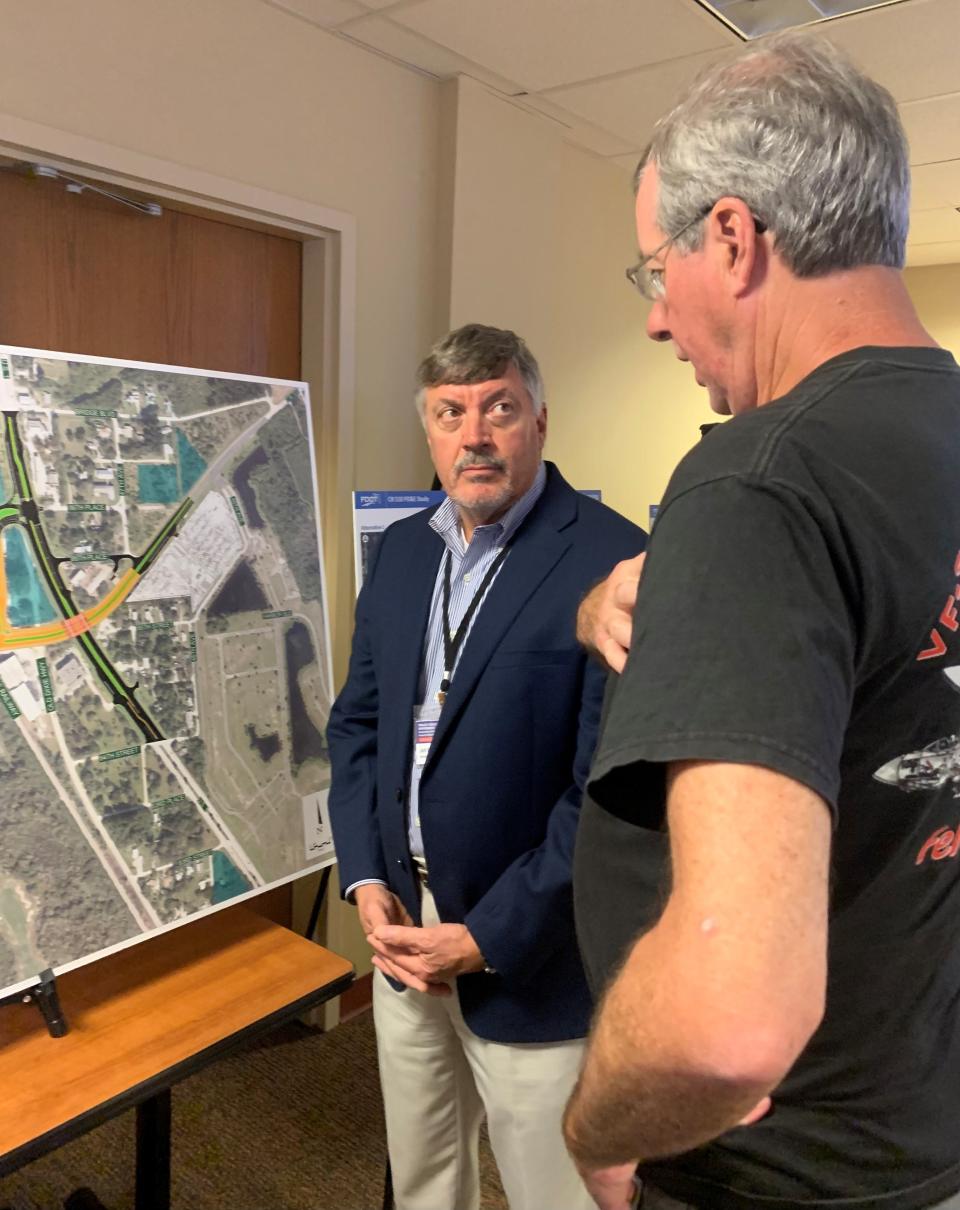
That’s not to mention hundreds of homes approved along the 510 corridor east and west of U.S. 1, potentially 10,771 homes on 2,044 acres of Graves Brothers property Sebastian annexed west on 510, and about 60 more homes off State Road A1A south of 510 slated for rezoning by the county March 14.
And Lord only knows how many residents will head to work or to north county beaches from Fellsmere via 510 when the city, according to its manager, Mark Mathes, doubles in population within the next five years.
As part of traffic flow improvements, the 510-66th Avenue intersection is slated for the county’s first major roundabout, the subject of much discussion in 2018.
And based on neighbor feedback and logic I heard Thursday, 510 could become the county's first railroad tracks and U.S. 1 flyover.
The convincing alternative I heard most people like is what FDOT consultants call a “partial grade separation.” One (I wonder if that's enough) elevated lane each way would cross U.S. 1 without having to stop.
“The traffic is bad now, but it’s only going to get worse,” said Bob Gibbons, mayor of Orchid, the county’s smallest town, whose council endorsed the alternative. “It’s just more efficient and safe.”
The ideal alternative, Gibbons said, would have been a full flyover. But that would have been excessively costly, gobbled up a lot of land and taken too long to complete.
Overpasses not always popular
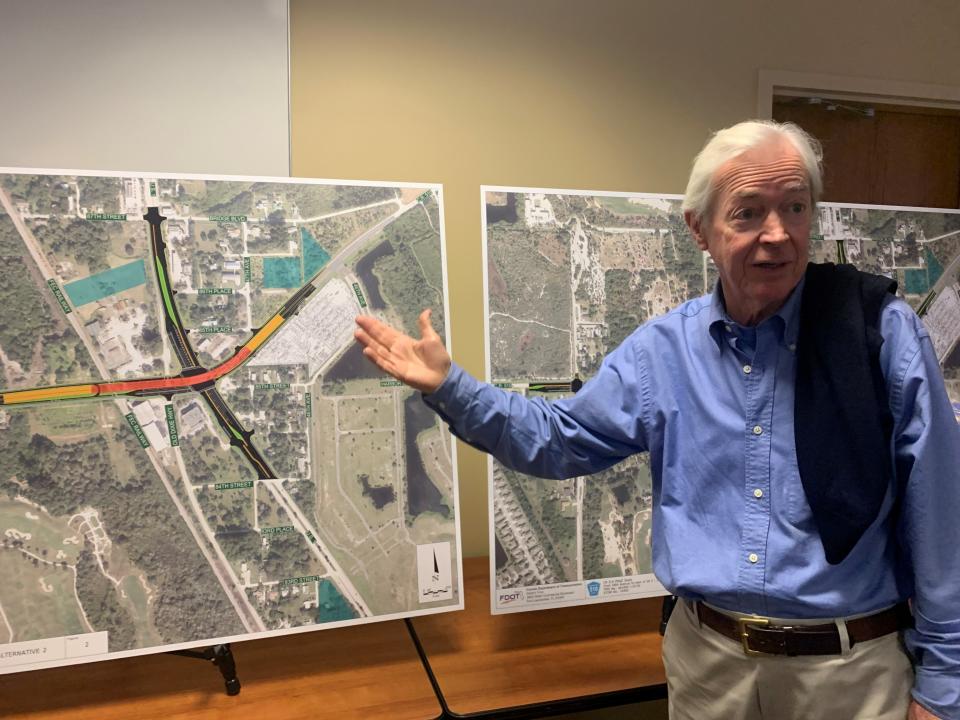
Widening the intersection, similar to what has been done across the county, would buy more time, but not accommodate as much traffic as the partial flyover. After all, officials have to plan 20 or 30 years ahead.
And Shaw, who said his agency occasionally uses 510 to transport patients to Sebastian River Medical Center, noted when the Wabasso Bridge is backed up, ambulances can be stuck in line, too.
In 2023, I wrote several columns about criticism FDOT consultants took when they proposed underpasses and flyovers as options to increase traffic capacity at U.S. 1 and Aviation Boulevard, connecting it to a new road heading to 37th Street and Cleveland Clinic Indian River Hospital.
Massive rights of way would have been needed, potentially crushing a homeless shelter and businesses ― including Big Shots, its owner’s ophthalmology building and his aspirations to develop a neighborhood.
After that discussion, the MPO voted to eventually update a 1999 study on where overpasses might be suitable.
Much has changed in Indian River since 1999
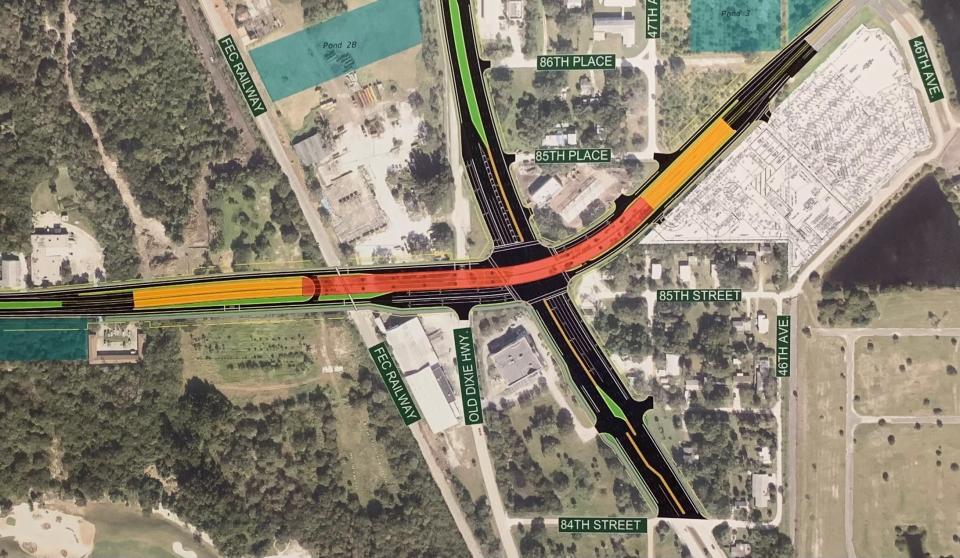
In 1999, 510 was one of the roads suggested for a flyover, as were Fourth (McKee Botanical Garden), 37th (Cleveland Clinic Indian River Hospital), 41st and 53rd streets (Grand Harbor).
It might have been a lot easier in 1999 to build flyovers at those intersections. None are as easy now given how much development has occurred nearby.
Interestingly, navigating the railroad tracks was a major concern in 1953, when Jacksonville planner George W. Simons Jr., produced a master plan for Vero Beach.
“(U.S. 1) and the railroad together have virtually divided the mainland portion of the city into two competing sections,” he wrote, likening the railroad to the effect a river would have on a city. “Any plans anticipating future needs must seek means to minimize or eliminate its effect.
“With automobile and railroad traffic increasing and the hazards incident to grade crossings intensifying, it is imperative that something is done to correct the prevailing situation to assure a uniform, integrated growth of the city physically and economically.”
Vero Beach had a plan for railroad, but ...
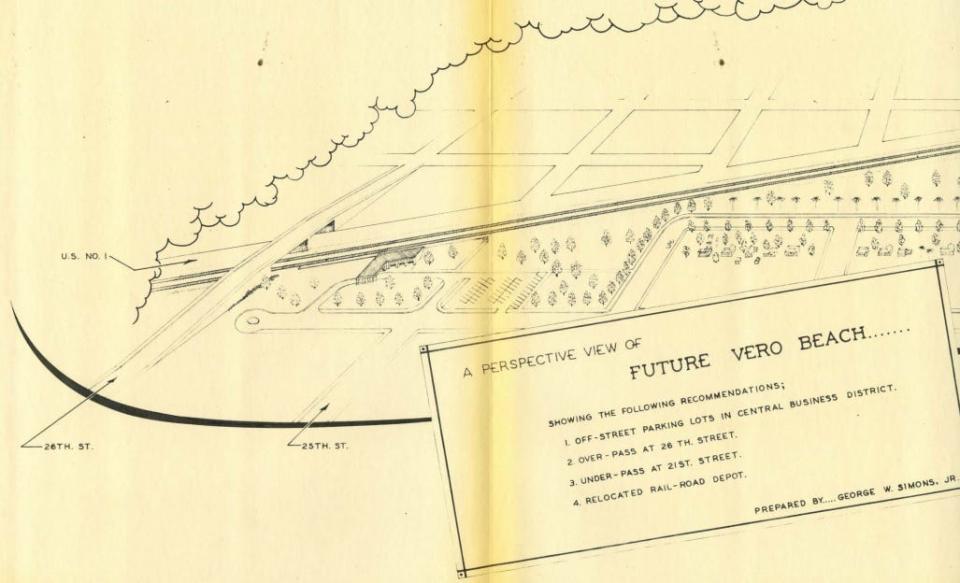
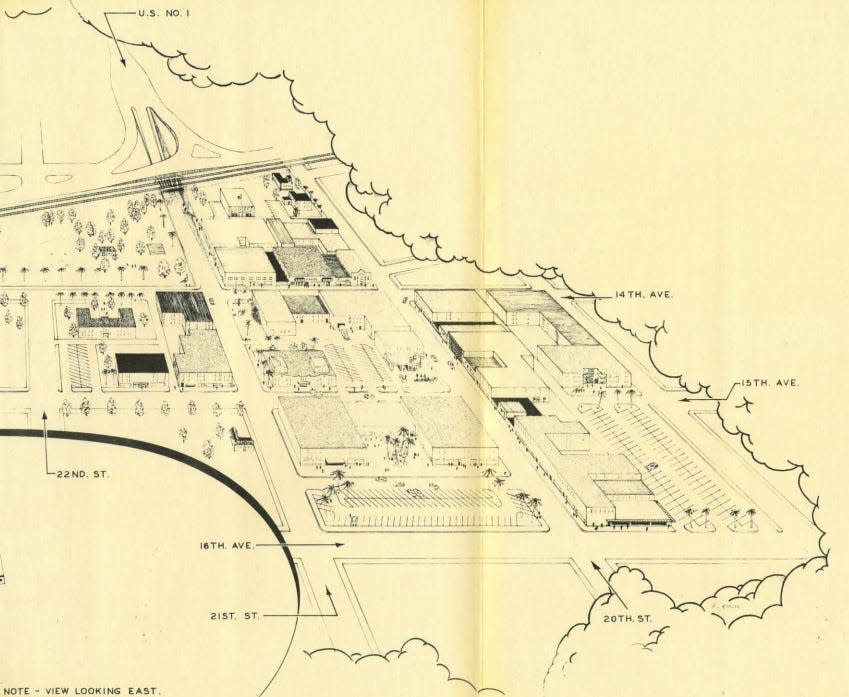
He proposed eliminating the 14th Avenue, 20th, 23rd and 24th Street crossings and replacing them with a four-lane underpass at 21st Street and overpasses at 17th and 26th streets.
Had all this happened when Vero Beach had a population of less than 5,000 people, can you imagine how it might have evolved?
Instead, plans were hatched 20 years later, then took another 20 years to execute, widening State Road 60 to three or four lanes each way and making them one-way pairs.
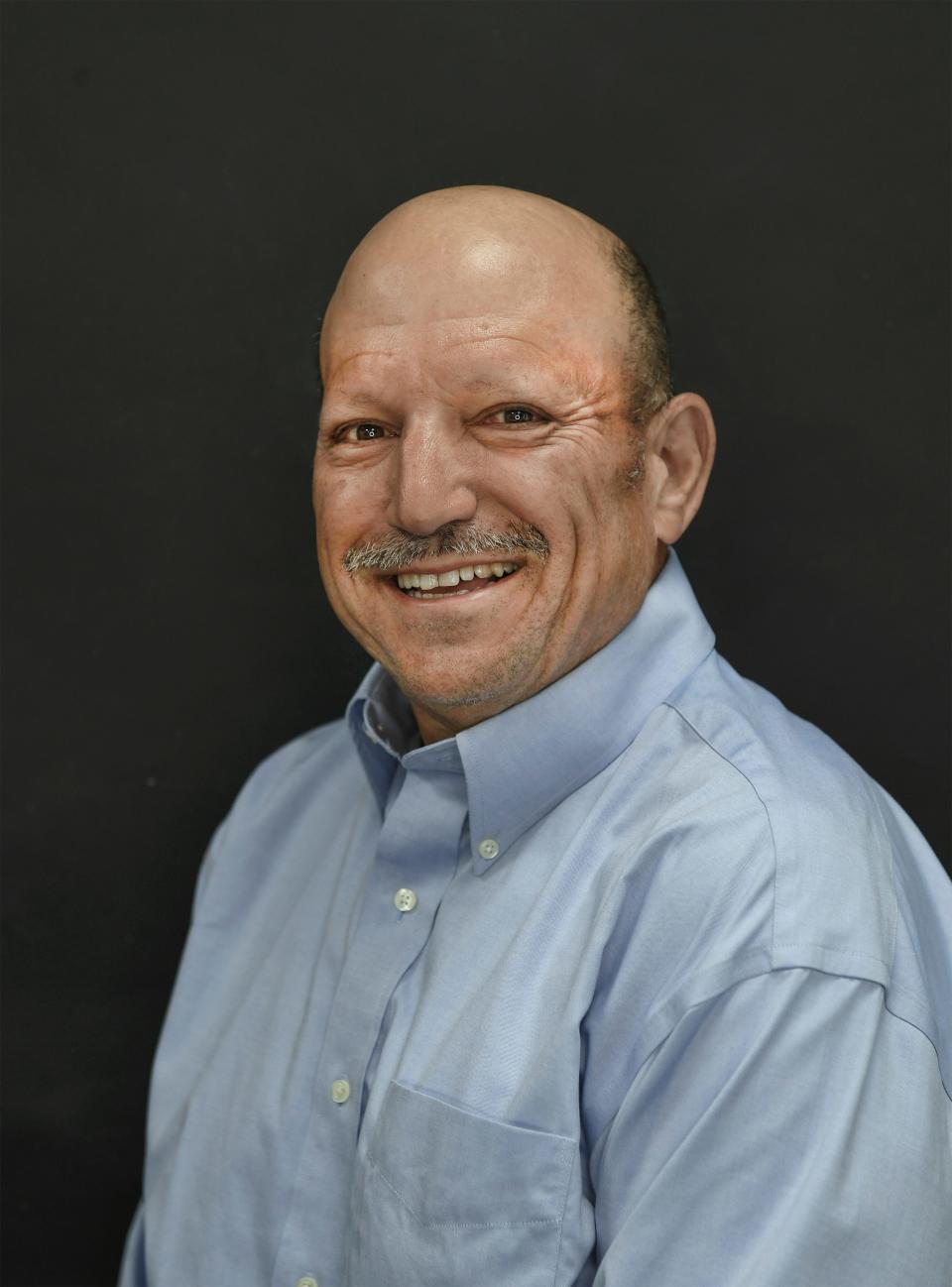
Unless something unforeseen changes to limit growth, our roads will never keep up. In Wabasso, where a two-lane bridge likely will be with us for some time, something has to be done.
Traffic lights, including a new one at a proposed Publix shopping center on the east side of U.S. 1 on 510, will slow things up.
Hopefully, though, the lack of east-west red lights at U.S. 1 will keep traffic flowing better all around. While not everyone's thrilled with overpasses, maybe the time has finally come.
This column reflects the opinion of Laurence Reisman. Contact him via email at larry.reisman@tcpalm.com, phone at 772-978-2223, Facebook.com/larryreisman or Twitter @LaurenceReisman.
If you are a subscriber, thank you. If not, become a subscriber to get the latest local news on the latest local news on the Treasure Coast.
This article originally appeared on Treasure Coast Newspapers: Novel solution to make U.S. 1 safer, limit backups over Indian River?

